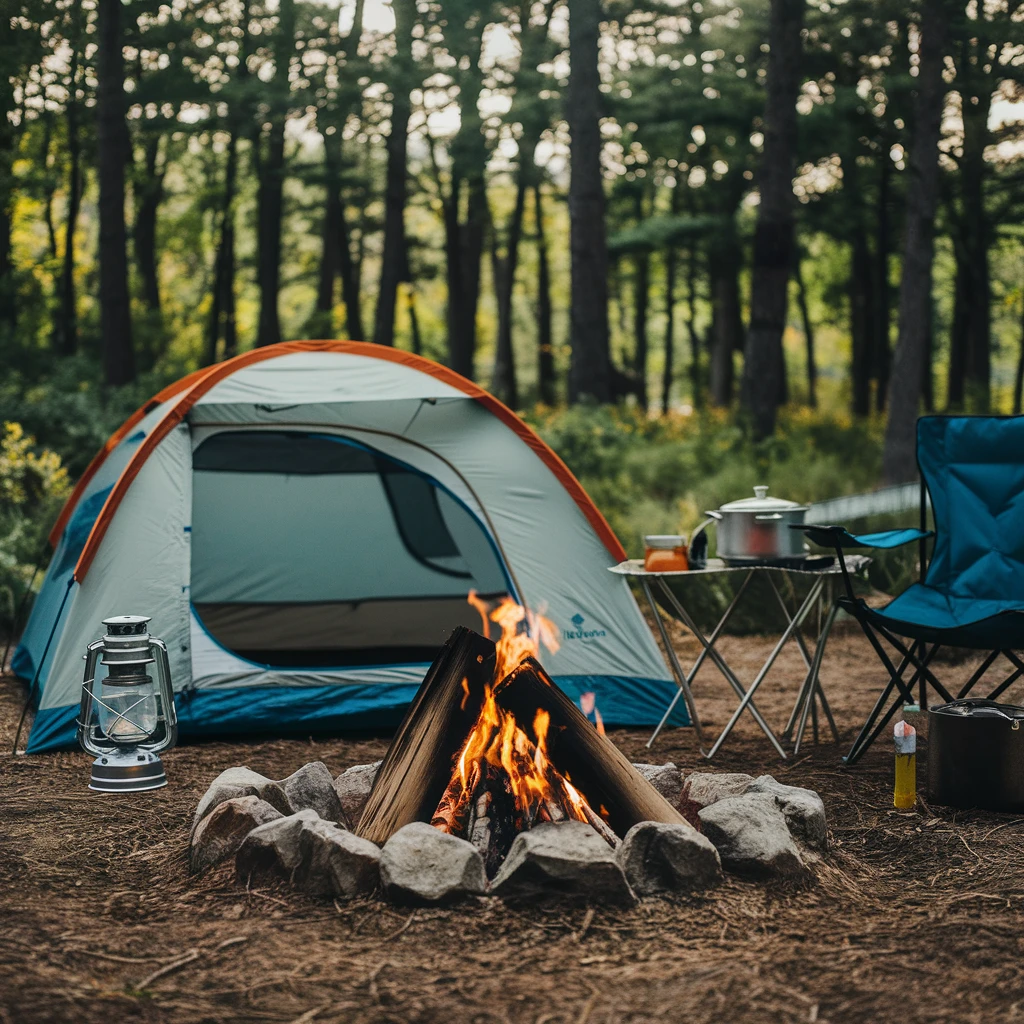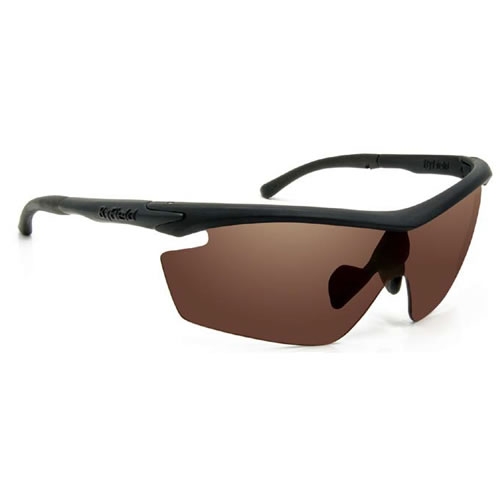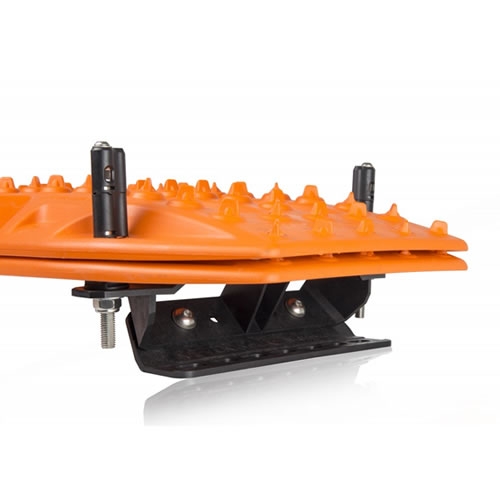Keeping The Bugs At Bay - Camping Without The Insects
Getting away from it all is great – well, it would be if you could manage it. The problem is there’s one thing you’ll never get away from in Australia, and that’s bugs. Australia’s famous unique wildlife includes a whole swarm of smaller menaces that can really put a downer on a trip into the bush. Some of them are just annoying; some can put you in hospital with a bunch of really nasty diseases. This being Australia there are even a few – OK, a lot – that are ridiculously poisonous. If you want to enjoy yourself outdoors you’re going to need a plan to keep them off you, and it’s going to have to be a bit better than a hat with corks on.
There’s a whole range of pests you need to deter if you’re planning on heading into the wilds. Spiders and scorpions are some of the scariest. We’ve got the nastiest spiders in the world here – a funnel web or redback bite can really mess up your day. They’re not usually fatal but after putting up with the pain for a couple of hours you might start wishing it was. Scorpions are nearly as bad, although at least they’re bigger so you have a chance of seeing them coming.
Ticks and mosquitoes spread disease, including Dengue fever. Most bites are just irritating – they can itch for days – but it only takes one to infect you with something dangerous. You’ll want to keep these pests off you as much as possible.
Think mozzie bites itch? Sandflies are a lot worse. You’ll end up with swollen red lumps that you won’t be able to stop scratching. There’s a risk you’ll scratch the skin right off and end up with an infection. You want to keep sandflies away too.
Of course don’t forget flies. Flies are everywhere. They’re not dangerous themselves, but they’re not the world’s cleanest creatures and they do like to get into your food. Trouble is it probably isn’t their first meal of the day and you don’t want to know what else they’ve been eating. Let’s just say they weren’t the first toe at it. Not many things can spread disease as fast as flies.
You won’t find all these bugs everywhere in Australia. Sandflies are only a problem around the coast, and ticks and funnel webs are restricted to the east. You’ll find flies, mozzies and redbacks just about everywhere though. There’s no getting away from tiny pests, so you’re going to have to protect yourself against them. Luckily there are a few ways to do that.
Insect Repellent
Always use a good insect repellent when you’re in the bush. This will deter the little monsters from landing or crawling on you, usually by messing up chemical receptors in their antennae. Some also have a smell that insects don’t like. Chances are you won’t like it much either, but it’s better than being bitten. Repellents need to be regularly applied, and how often you’ll have to do that depends on how much of the active ingredient they contain. Some need to go on every 30 minutes or so; a few with a high level of active ingredient last up to 12 hours.
The most effective repellents are the ones based on DEET, which the US Army developed for jungle warfare. It keeps off mozzies, sandflies, ticks and a load of other nasties. Some people worry about the safety of DEET, but tests have shown that up to a 30% concentration is safe even for children. Always make sure and follow the instructions on the bottle of course. If you want ultimate protection you can get military-spec repellents with up to 80% DEET.
There are also repellents that protect a whole area. These are good for keeping your campsite free of pests. Common ones are citronella candles, mosquito coils and ultrasonic devices. Stick with the first two; they work. The ultrasonic ones have been thoroughly tested, and they don’t.
Clothing
Bugs can’t bite what they can’t get at, so wearing the right clothing can make a big difference. Long sleeves and pants will protect a lot of skin. Hats help too, and you can even fit a mosquito net to a lot of them. For extra protection you can treat clothes with permethrin. This repels mozzies, sandflies, ants, ticks and flies, and unlike normal repellents you don’t need to keep reapplying it. It can even survive a couple of washes.
Mozzie Nets
A small mozzie net will work on a hat. Big ones are just as good. Most awnings give you the option of net side walls, that will create a space protected from insects. Tents and swags also rely on them to give you some ventilation while keeping bugs out. Make sure any nets you buy are the micro-mesh type. Normal ones work fine against flies and mozzies, but won’t stop sandflies. Check tents or swags before you buy as well; no matter how good the rest of it is, if the nets aren’t fine enough you could have problems.
Camping Tips
You have mozzie nets, so use them! Keep the door and window nets on your tent or swag closed except when you’re going in or out. It only takes a few minutes for swarms of flies to get in, and you’re not going to have much luck getting them out again. Even worse, spiders and scorpions – even snakes – can crawl inside and set up home in your sleeping bag. That’s not something you want to find out when you get into bed.
Think about what attracts insects to your location. Mostly they’re after food and water. Try not to pitch your camp beside standing water – always look for a fast-flowing stream if you can, because that won’t be an insect breeding ground. Keep your food in sealed containers and bag up any leftovers securely. Throwing what’s left outside the camp will attract insects in no time. If you have a camp fire any scraps can be burned. Also remember that insects have more generous ideas about food than you do. If you’re digging yourself a dunny make sure it’s well away from your camp, and throw some earth down there after you’ve used it.
If the area you’re camping in has lots of mozzies or sandflies it’s worth spraying the inside of your tent half an hour before you go to bed. Chances are a few will have managed to sneak in, and a quick blast of Raid will kill them off so you can sleep undisturbed.
First Aid
You should always be carrying a first aid kit when you head off, and it needs to contain a few basic treatments for insect bites. Antiseptic wipes are always a good idea, and calamine lotion will help with the itching from many bites. Specialist bite lotions are always a good diea, and standard painkillers like aspirin or paracetamol help bring down swellings and ease discomfort. Ice packs are great if you can carry them. If you don’t have a freezer in your 4wd try something like the Aeroplast instant packs – these use a chemical reaction to chill themselves, so they can be used anywhere.
Bites from some species need more serious attention. If you think someone’s been bitten by a funnel web or other venomous spider they need immediate medical treatment, so immobilise them and get them to a doctor as fast as you can.
If you’re exploring Australia there’s no getting away from insects and other bugs, but there’s no need to let them spoil your trip either. Carry the right kit and take a few basic precautions and you can have a good time even when the tiny natives are hostile. Dealing with wildlife is all part of life here, and we all have to start small!







